
Back to Basics: Monitoring the Structure of Your Stormwater Pond
Lakes and ponds can be amazing focal points of our communities. People are innately drawn to water, and local waterbodies create natural spaces to enjoy a morning run, an afternoon walk with the dog, or a neighborhood social event. Many communities that I work with have implemented beautification and habitat enhancement projects for their ponds, and some have even hosted kids fishing derbies or remote control boat races.
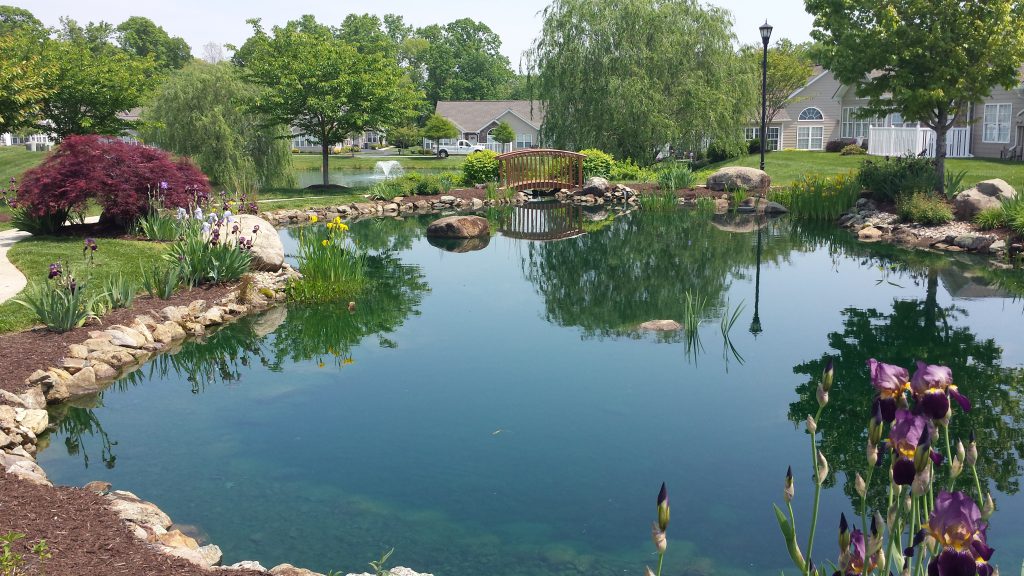
Best Stormwater Pond Management Practices
But while maintaining healthy and attractive waterbodies is a priority for most HOAs, the basic structural and functional maintenance activities are frequently overlooked. It’s relatively easy for the average community manager or resident to identify when their stormwater pond is experiencing problems when it’s covered in weeds and algae or when the fish stop biting, but many of the tell-tale signs of structural trouble are more subtle and difficult to identify.
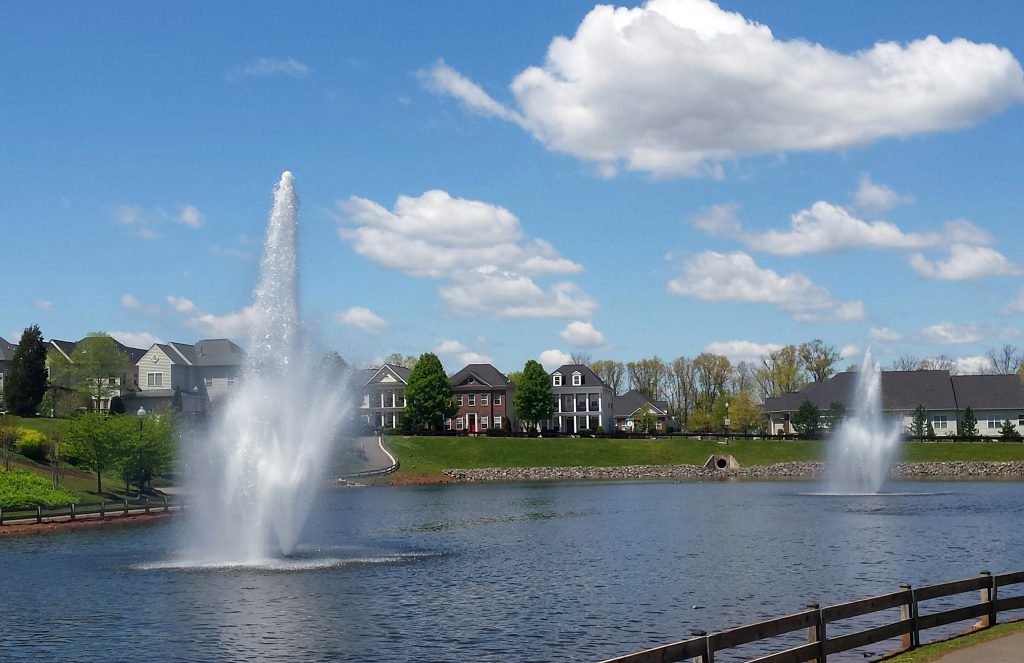
Lakes and ponds can occur naturally in the landscape, but more often they are man-made, constructed for drinking water supply, irrigation, livestock watering, recreational use, or stormwater management—as is the case for most HOA waterbodies. There are many important components in a stormwater management facility that help regulate water levels, filter debris, and prevent flooding. All of these structural components require frequent inspections and maintenance to ensure the continued integrity and functionality of the waterbody. Without proactive monitoring, it is easy to accidentally overlook serious structural damage and volume loss until the problems require costly repairs and invasive solutions like dredging.
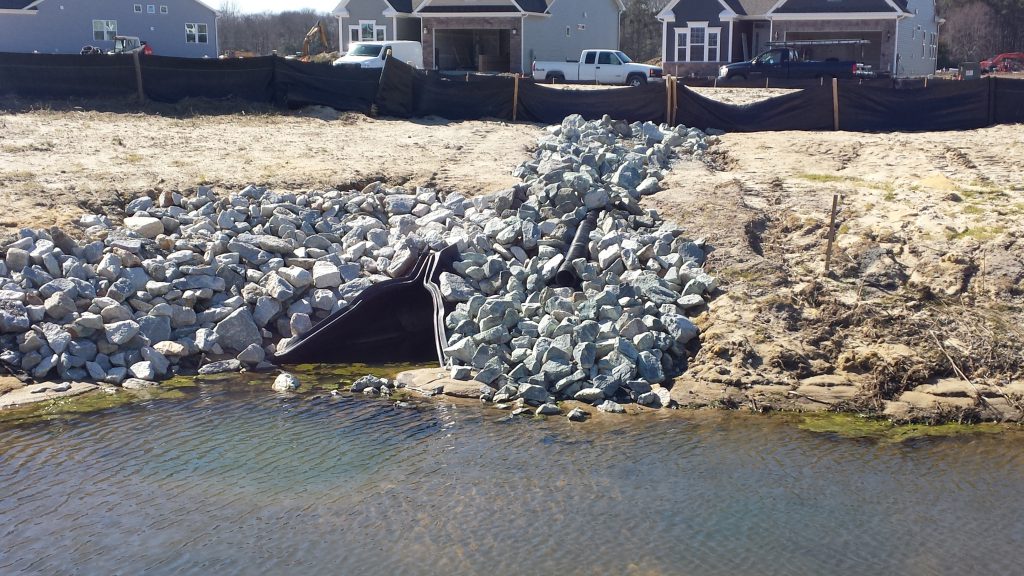
In some localities, the inspection and maintenance of stormwater management facilities (also referred to as ‘BMPs’ or ‘best management practices) are handled by the City or County; although, more commonly, it is the responsibility of the pond owners. Unfortunately, it can also be confusing to understand your HOA’s obligations for each of the facilities in the community, especially when the responsibilities can vary between localities, communities, and the facilities themselves. The key documentation that outlines the responsibilities of the HOA for stormwater facilities in the community is the Stormwater Maintenance Agreement with the locality. This document should exist for every facility that is part of an approved site development plan and should be on file with the locality if you aren’t able to locate it.
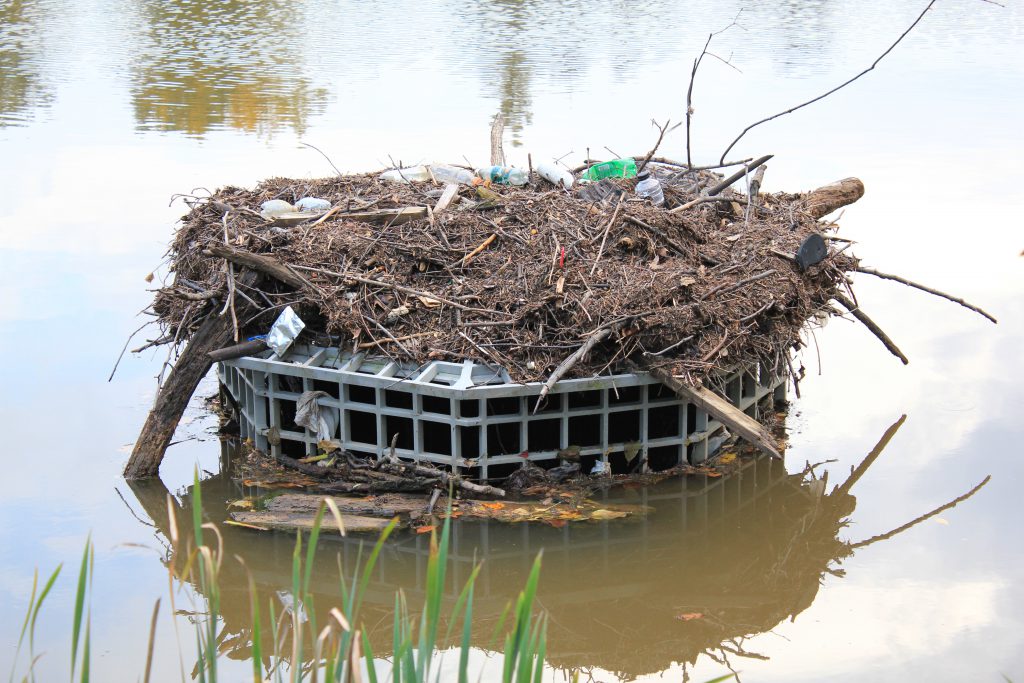
Your lake and pond management provider is typically a knowledgeable resource when it comes to understanding the frequency and formality of professional inspections. Typically, the age, condition, and complexity of the facility are taken into account, as well as the regulatory requirements of the locality. On a regular basis, your lake management professional will provide visual inspections of the entire facility. If concrete inlet pipes are present, they should also be checked for spalling, cracking, and misalignments. The outlet structures should be checked to ensure that water is properly flowing and that there are no blockages or damage to the trash rack if one is present.
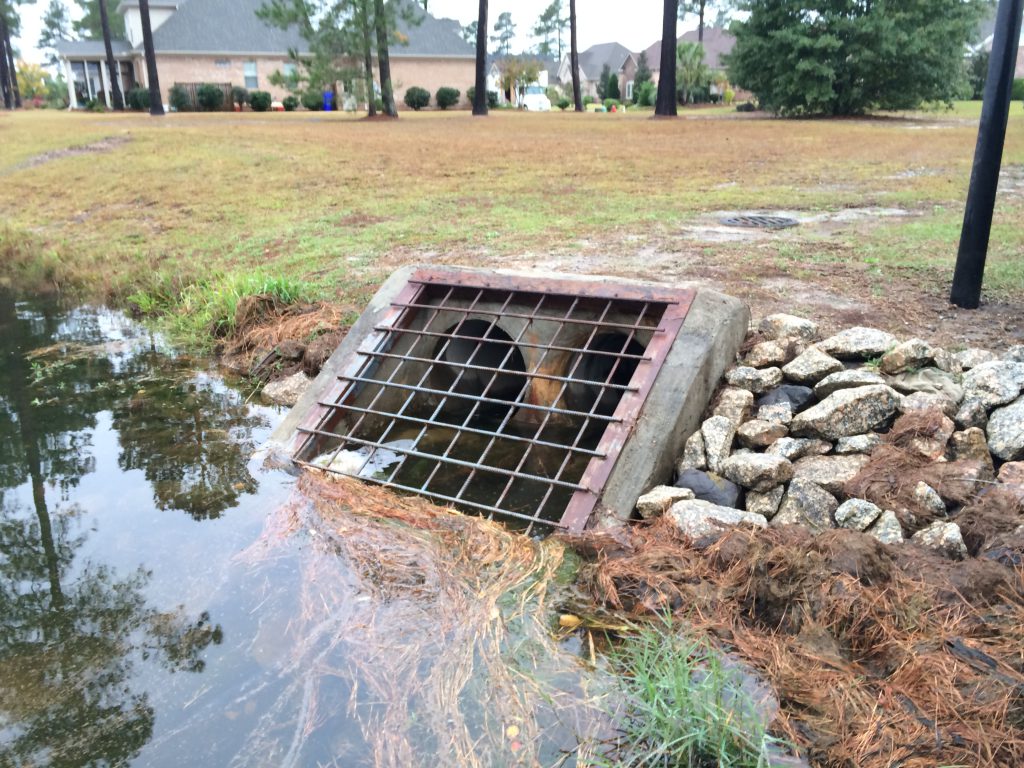
If potential areas of concern are identified, it is always cheaper to remediate them early rather than to perform costly repairs after the problems become more severe. For wet ponds, bathymetric studies should be performed periodically to document the current storage volume of the facilities and the extent of sedimentation. Likewise, more comprehensive monitoring with annual lake and pond assessments can pinpoint areas of potential concern and facilitate the development of custom solutions. Common solutions include aquatic weed and algae management, aeration, nanobubble technology, biological augmentation, nutrient remediation, mechanical hydro-raking and strategic erosion control. These strategies can be implemented as needed depending on the unique property characteristics, goals and budget of the community.
Each facility is unique and is most effectively managed using a customized approach. A stormwater maintenance professional can help you develop a specific plan that prioritizes the goals of your community, so you can cut down on maintenance and expenses over time.









